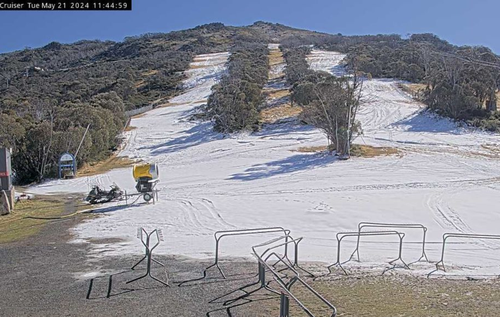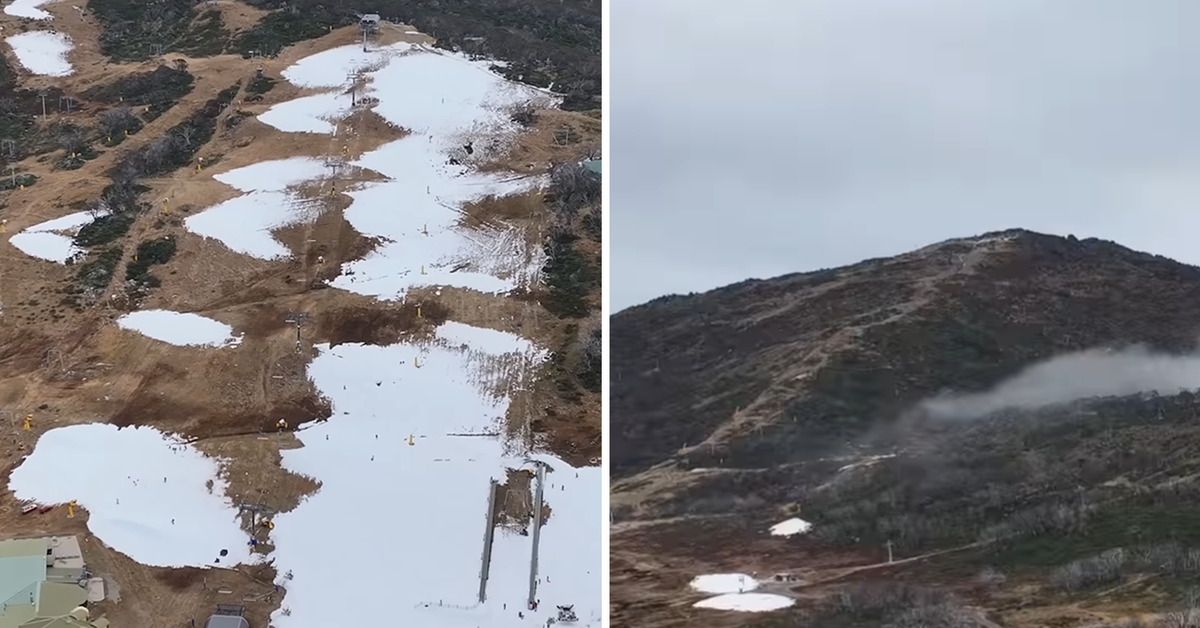At Perisher in New South Wales, only one lift will operate this weekend suitable for beginner skiers and snowboarders.
It is a reality that is only going to worsen as the effects of climate change take effect in coming decades, according to new modelling by Australian National University (ANU) researchers and Protect Our Winters Australia (POW).
The average ski season across all resorts in Australia will be 44 days shorter by 2050 under a mid-greenhouse gas emissions scenario.
A “high” greenhouse gas emissions scenario would see an average season 55 days shorter – representing a cut of almost half the current season, which runs from early June through to the end of September.
However, the modelling offered a glimmer of hope if significant action was taken to reduce climate pollution this decade.
Under this “low” emissions scenario, the ski season would be 28 days shorter by 2050, before starting to improve by 2080 if emissions were kept down.
“The ski season last year was tough, with minimal snowfall and some resorts having to shut their doors early,” Protect Our Winters Australia director and lead advocate Sam Quirke said.
“This report shows that we’ll see that happening more and more frequently, as ski seasons become more erratic and harder to predict due to global warming, until we do something about it.”
Unless urgent climate action is taken, some ski resorts are at risk of closing their doors for good, the researchers warn.

The report also pointed to potentially devastating flow-on effects for the surrounding agriculture industry.
Snow-melt water runoff currently sees 9600 gigalitres of water flow into the Murray-Darling Basin – around 29 per cent of its annual flows.
Climate change is predicted to reduce rainfall in the Australian alps by between five to 24 per cent by 2050, as well as indirectly reduce yield through ecological changes.
ANU’s Professor Adrienne Nicotra said climate change is already having a significant impact on the native animals and plants that inhabit the Australian Alps.

